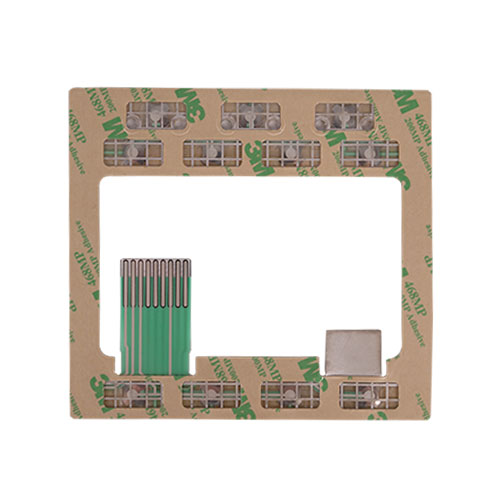flexible circuits, also known as flex circuits, have been revolutionizing the field of wearable technology. These thin, flexible electronic circuits have greatly impacted the design and functionality of wearable devices, making them more comfortable, lightweight, and durable. In this article, we will explore how flexible circuits have transformed wearable technology and discuss their potential future applications.
One of the key advantages of flexible circuits is their ability to conform to irregular shapes. Unlike traditional rigid circuit boards, flex circuits can be bent, twisted, and folded without compromising their functionality. This flexibility allows wearable devices to be seamlessly integrated into clothing, accessories, or even directly onto the human body. As a result, wearable technology becomes more comfortable and less obtrusive, enhancing the user experience.

Moreover, the lightweight nature of flexible circuits contributes to the comfort of wearable devices. Normal circuit boards can be bulky and heavy, making them less suitable for wearable applications. Flex circuits, on the other hand, are lightweight and flexible, allowing for a more natural fit and freedom of movement. This is particularly important for fitness trackers and smartwatches, where the user's comfort is paramount.
Durability is another area where flexible circuits have proven to be a game-changer. Traditional rigid circuit boards are susceptible to damage from bending or impact, making them less suitable for wearable devices. Flex circuits, however, are designed to withstand repeated flexing and can better withstand the rigors of everyday use. This enhances the longevity and reliability of wearable devices, providing users with a more durable product.
Another notable advantage of flexible circuits is their ability to incorporate a greater number of components in a smaller form factor. Wearable devices often have limited space for components due to their small size. Flex circuits can be designed with intricate and compact layouts, allowing for more complex functionalities in a smaller package. As a result, wearable devices can offer advanced features, such as heart rate monitoring, GPS tracking, and wireless connectivity, without compromising on size or comfort.
The potential applications of flexible circuits in wearable technology are vast. For example, in the healthcare industry, flex circuits can be used in devices that monitor vital signs, such as heart rate or blood pressure, enabling continuous remote monitoring of patients. They can also be incorporated into smart clothing or accessories that provide biofeedback or assist in rehabilitation.
In the field of sports and fitness, flexible circuits can enable the development of more advanced wearable devices. For instance, smart textiles with embedded flex circuits can measure an athlete's performance, track their movements, and provide real-time feedback for improvement. This can revolutionize training methods and enhance overall athletic performance.
Beyond healthcare and sports, flexible circuits can find applications in numerous other industries. For example, in the fashion industry, flex circuits can be used to create interactive clothing, where the fabric can change colors or display patterns based on user input or environmental conditions. In the entertainment industry, they can be incorporated into virtual reality headsets or other wearable gadgets to create immersive experiences.
In conclusion, flexible circuits have revolutionized wearable technology by enabling devices that are more comfortable, lightweight, and durable. Their ability to conform to irregular shapes, their lightweight nature, and their increased functionality in a smaller form factor have expanded the possibilities for wearable devices. With their potential applications in healthcare, sports, fashion, and entertainment, flexible circuits are poised to continue driving innovation in the wearable technology industry.